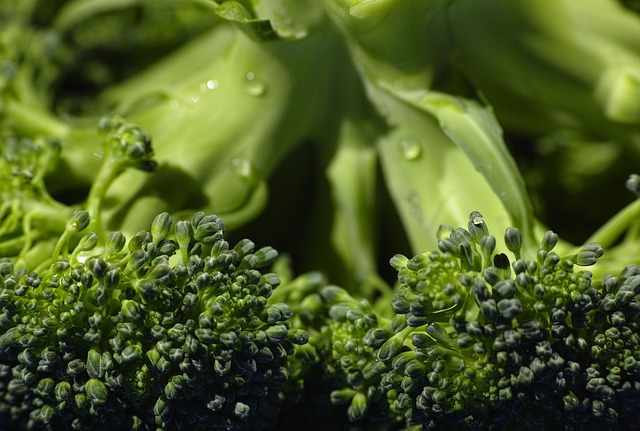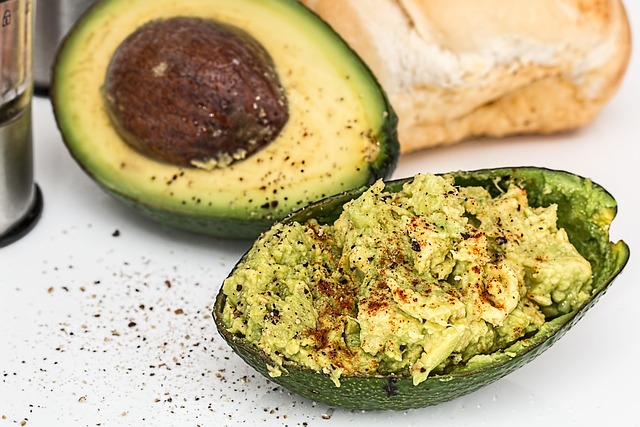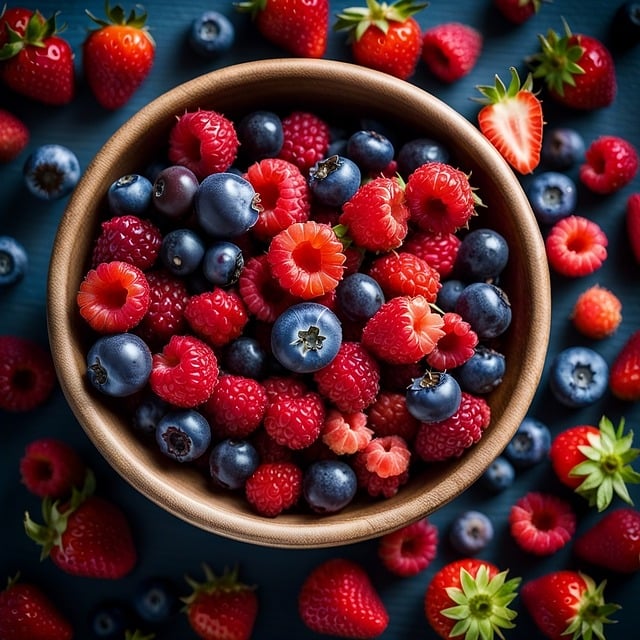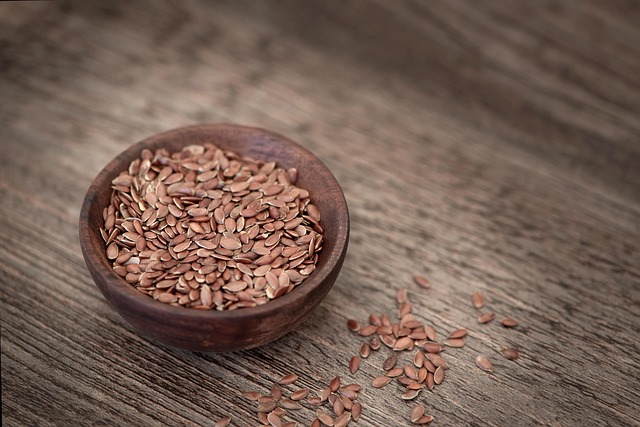In recent years, the term “superfood” has become a buzzword in health and wellness circles. From chia seeds to kale, quinoa to açai berries, these nutrient-packed foods are often touted as miracle solutions for everything from weight loss to chronic disease prevention. But what exactly are superfoods? Are they truly deserving of their glowing reputation, or is the hype overblown? Let’s dive into the science behind superfoods, explore their potential benefits, and determine whether you really need them in your diet.
What Defines a Superfood?
The term “superfood” doesn’t have an official scientific or regulatory definition. It’s more of a marketing label used to describe foods that are exceptionally rich in nutrients and offer significant health benefits. These foods are typically loaded with vitamins, minerals, antioxidants, healthy fats, fiber, or other bioactive compounds that support overall well-being.
Some common examples of superfoods include:
- Fruits and Berries: Blueberries, açai berries, goji berries, pomegranates.
- Leafy Greens: Kale, spinach, Swiss chard.
- Nuts and Seeds: Chia seeds, flaxseeds, almonds, walnuts.
- Whole Grains: Quinoa, oats, brown rice.
- Healthy Fats: Avocado, olive oil, fatty fish like salmon.
- Other Foods: Green tea, turmeric, dark chocolate (in moderation).
While these foods are undoubtedly nutritious, it’s important to note that no single food can provide all the nutrients your body needs. A balanced diet is always key.
The Science Behind Superfoods
The appeal of superfoods lies in their high concentration of beneficial compounds. Here’s how some of these nutrients contribute to health:
- Antioxidants: Found in abundance in berries, green tea, and dark chocolate, antioxidants help neutralize free radicals—unstable molecules that can damage cells and contribute to aging and diseases like cancer.
- Omega-3 Fatty Acids: Found in fatty fish, flaxseeds, and walnuts, omega-3s support heart health, reduce inflammation, and may improve brain function.
- Fiber: Foods like oats, quinoa, and leafy greens are rich in fiber, which promotes digestive health, stabilizes blood sugar levels, and supports weight management.
- Vitamins and Minerals: Many superfoods are packed with essential micronutrients like vitamin C (found in citrus fruits and bell peppers), vitamin K (in leafy greens), and magnesium (in nuts and seeds).
- Anti-Inflammatory Properties: Ingredients like turmeric (thanks to its active compound curcumin) and ginger have been shown to reduce inflammation, which is linked to conditions such as arthritis and heart disease.
Research supports the idea that consuming nutrient-dense foods can lower the risk of chronic illnesses and improve overall health. However, it’s crucial to understand that these benefits are most pronounced when superfoods are part of a varied, balanced diet—not consumed in isolation.
Do You Need Superfoods?
The short answer is no—you don’t need superfoods to be healthy. While they’re certainly beneficial, they’re not magical cure-alls. The foundation of good health lies in eating a wide range of whole, minimally processed foods, staying hydrated, exercising regularly, and managing stress.
That said, incorporating superfoods into your diet can enhance your nutritional intake and add variety to your meals. For example:
- Adding spinach to your smoothie boosts iron and vitamin K.
- Swapping white rice for quinoa increases protein and fiber content.
- Using olive oil instead of butter provides heart-healthy monounsaturated fats.
The key is balance. Relying solely on superfoods while neglecting other aspects of nutrition won’t yield optimal results. Additionally, many people fall into the trap of thinking that consuming superfoods excuses poor lifestyle choices, such as eating junk food or skipping exercise. This mindset undermines the true purpose of including nutrient-rich foods in your diet.
Are Superfoods Accessible and Affordable?
One criticism of the superfood trend is that it often promotes exotic or expensive ingredients, making healthy eating seem inaccessible to those on a budget. Açai bowls, matcha lattes, and imported goji berries may dominate social media feeds, but they aren’t practical for everyone.
Fortunately, there are plenty of affordable, everyday superfoods that are just as nutritious:
- Eggs: A complete protein source rich in choline and healthy fats.
- Beans and Lentils: High in fiber, protein, and essential minerals.
- Sweet Potatoes: Packed with vitamin A and complex carbohydrates.
- Frozen Berries: As nutritious as fresh ones but often cheaper.
- Garlic and Onions: Contain sulfur compounds that boost immunity and fight inflammation.
By focusing on locally available, seasonal produce and pantry staples, you can enjoy the benefits of superfoods without breaking the bank.
Potential Downsides of the Superfood Hype
While the concept of superfoods has raised awareness about the importance of nutrition, it’s not without its drawbacks:
- Overemphasis on Single Foods: No one food can meet all your nutritional needs. Over-relying on specific items may lead to imbalances or neglect of other vital nutrients.
- Marketing Misinformation: The term “superfood” is unregulated, meaning companies can slap it on any product to attract buyers—even if the item isn’t particularly healthy. Bar
- Neglecting Overall Diet Quality: Consuming superfoods won’t compensate for a diet high in processed foods, sugar, and unhealthy fats. A holistic approach to nutrition is far more effective.
How to Incorporate Superfoods Into Your Life
If you’re interested in adding superfoods to your diet, here are some practical tips:
- Start Simple: Begin with familiar options like spinach, blueberries, or oats before experimenting with less common ingredients.
- Mix and Match: Combine superfoods with other nutritious foods to create balanced meals. For instance, top oatmeal with berries and nuts, or toss roasted sweet potatoes with kale and olive oil.
- Cook Creatively: Use spices like turmeric and ginger in soups, stews, or teas. Add chia seeds to overnight oats or smoothies.
- Listen to Your Body: Pay attention to how different foods make you feel. Everyone’s nutritional needs are unique, so tailor your choices accordingly.
- Avoid Fads: Stick to evidence-based recommendations rather than jumping on every trendy bandwagon.








